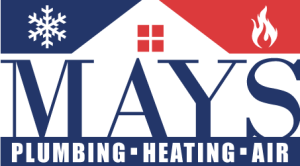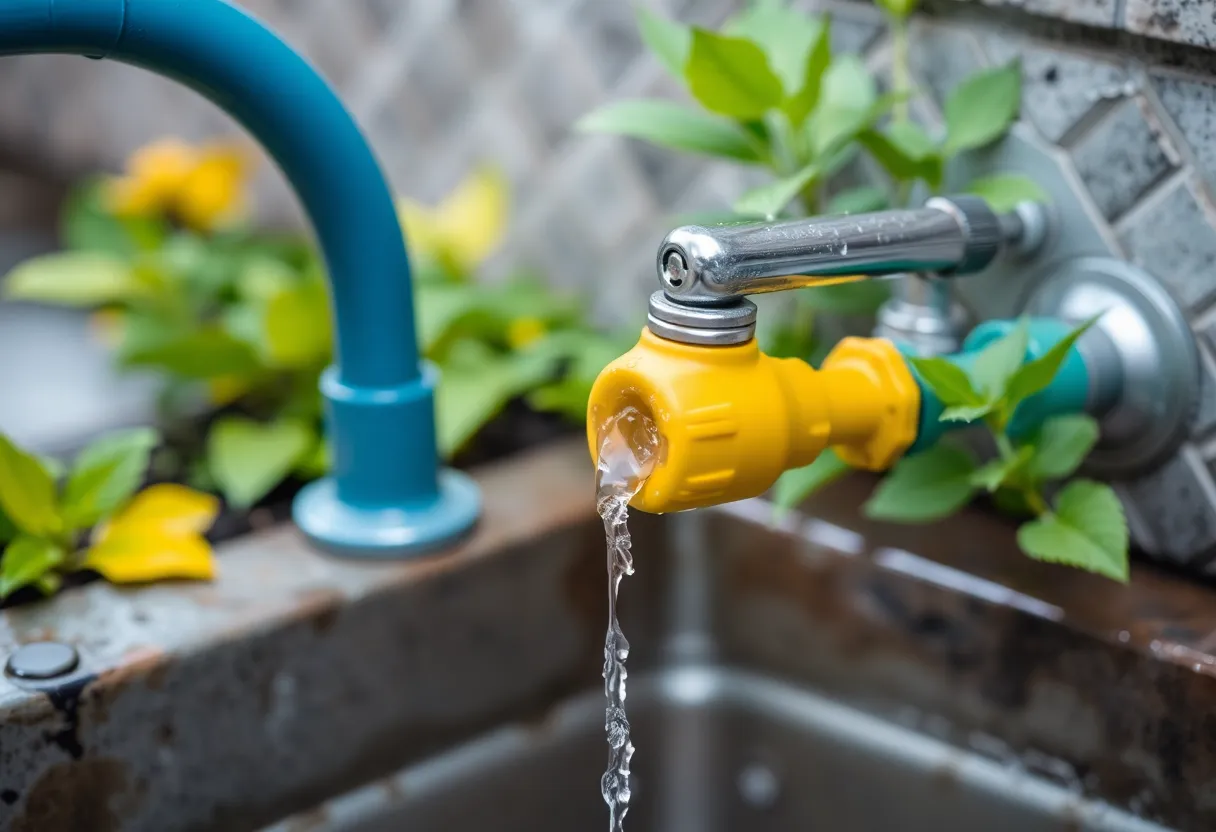The Plumbing Playbook: 8 Essential Tips for Effective Emergency Repairs at Home
When a plumbing emergency strikes, it can feel overwhelming. Whether you’re dealing with a burst pipe, a clogged drain, or a malfunctioning toilet, knowing how to tackle these issues promptly can save both time and money. The following guidelines will equip you with the knowledge and confidence needed to handle common plumbing emergencies effectively.
Understanding Your Plumbing System
Your home’s plumbing system consists of intricate networks of pipes, valves, and fixtures designed for optimal water flow and drainage. Understanding the basic components can provide you with a solid foundation for troubleshooting problems. Familiarize yourself with the following:
- Water Supply Lines: These pipes deliver fresh water into your home.
- Drainage Pipes: These remove wastewater and are critical in preventing clogs.
- Fixtures: Sinks, toilets, and showers are the points where you use the water.
- Shut-Off Valve: This is crucial during emergencies to stop the flow of water.
Tip 1: Know Your Shut-Off Valves
In the event of a plumbing crisis, the first action you should take is to locate and turn off the appropriate shut-off valve. This can prevent further damage and water wastage.
Types of Shut-Off Valves
- Main Shut-Off Valve: This valve controls the water supply to your entire home, usually located near the water meter.
- Individual Fixture Shut-Off Valves: These are located near the fixtures, such as under sinks, behind toilets, and next to washing machines.
Remember, knowing where these valves are located can save you significant hassle during an emergency.
Tip 2: Equip Yourself with Basic Plumbing Tools
Having the right tools on hand is half the battle when dealing with plumbing issues. Make sure to stock your toolbox with the following essentials:
- Plumber’s Wrench: Perfect for tightening and loosening nuts and bolts.
- Pipe Cutter: Useful for cutting copper pipes with precision.
- Plunger: An absolute must-have for clearing clogged drains and toilets.
- Pipe Tape: Essential for sealing leaks in threaded connections.
- Bucket: Perfect for catching leaks or draining water from the area.
By equipping yourself with these basic tools, you’ll be better prepared to tackle plumbing emergencies head-on.
Tip 3: Identifying Common Plumbing Emergencies
Understanding the common types of plumbing emergencies can help you act quickly and effectively. Here are some situations you might encounter:
Leaking Pipes
Leaking pipes can lead to water damage and mold growth, so it’s crucial to address them quickly. Check for moisture around pipes and fixtures.
Clogged Drains
A clogged drain is typically easy to identify; water drains slowly or not at all. A plunger or a simple drain snake can often resolve the issue.
Overflowing Toilets
If your toilet starts overflowing, you need to act fast! Stop the flow of water by closing the shut-off valve located behind the toilet.
Inadequate Water Pressure
Low water pressure can stem from various issues, including sediment buildup, leaks, or pipe blockages. Identify the source before attempting repairs.
Tip 4: Handling Leaks There and Then
Dealing with leaks promptly can minimize damage. Here’s how to manage and temporarily fix leaks:
Locating the Source
Try to identify where the leak is coming from. Look for signs of water damage, discoloration, and wet spots around the pipes and fixtures.
Using Plumbing Tape
If you’ve managed to pinpoint the leak, wrapping the area with plumbing tape can offer a temporary seal until a permanent fix can be applied.
Tip 5: DIY Clog Solutions
Clogged drains can be annoying but often have simple solutions.
Plunging the Drain
A plunger can work wonders when dealing with small clogs. Ensure there’s enough water in the sink or tub to cover the plunger’s cup, then plunge vigorously.
Using Baking Soda and Vinegar
For a natural approach, pour half a cup of baking soda followed by half a cup of vinegar down the drain. Let it fizz for a few minutes, then flush with hot water.
Tip 6: Toilet Troubleshooting
If your toilet won’t flush or is overflowing, it’s imperative to take immediate action.
Stopping an Overflow
To prevent an overflowing toilet, shut off the water supply valve located behind the toilet. Remove the tank lid and push down on the flapper to prevent water from flowing incessantly.
Fixing a Running Toilet
Check the flapper, which can wear out over time. Ensure it sits properly on the flush valve. If that doesn’t work, you might need to replace the entire mechanism inside the tank.
Tip 7: When to Call a Professional
While handling simple repairs is commendable, certain emergencies may warrant a professional’s attention:
- Severe Water Damage: If flooding occurs, it’s best to call a professional.
- Complex Pipe Issues: For broken pipes within walls, you may need specialized tools and expertise.
- Persistent Clogs: If multiple drains are clogged, there may be a larger issue in your plumbing system.
Don’t hesitate to reach out for help; it’s always better to be safe than sorry.
Tip 8: Preventing Future Plumbing Emergencies
Prevention is always preferable to cure. Implement these simple practices to reduce the likelihood of DIY disasters:
Regular Maintenance
Check under sinks and around fixtures regularly for signs of leaks. Clean drain traps and strainers to prevent clogs.
Educate Yourself
Knowing the dos and don’ts of what can be flushed or poured down your drains can prevent common clogs. Avoid flushing anything other than toilet paper!
Professional Inspections
Consider scheduling annual plumbing inspections. A qualified plumber can spot potential problems before they escalate.
Conclusion
Being prepared for plumbing emergencies can make a significant difference in your home. By knowing how to identify issues, having essential tools, and following the tips outlined in this playbook, you can take charge during a crisis. Remember, while tackling minor plumbing emergencies is feasible, don’t hesitate to call in a professional when necessary. A little knowledge goes a long way in preserving your home’s plumbing system.












